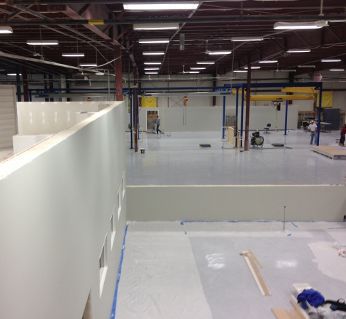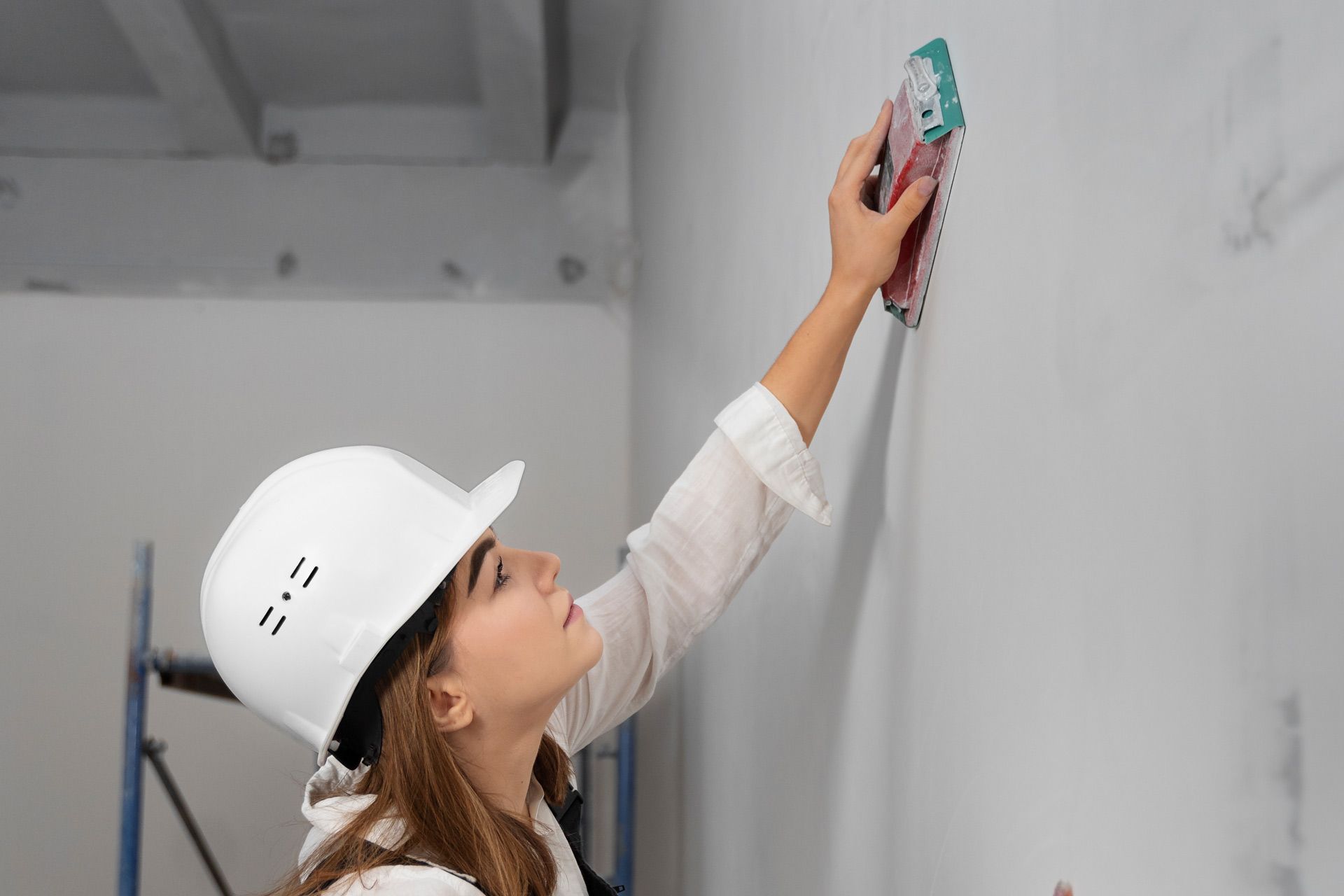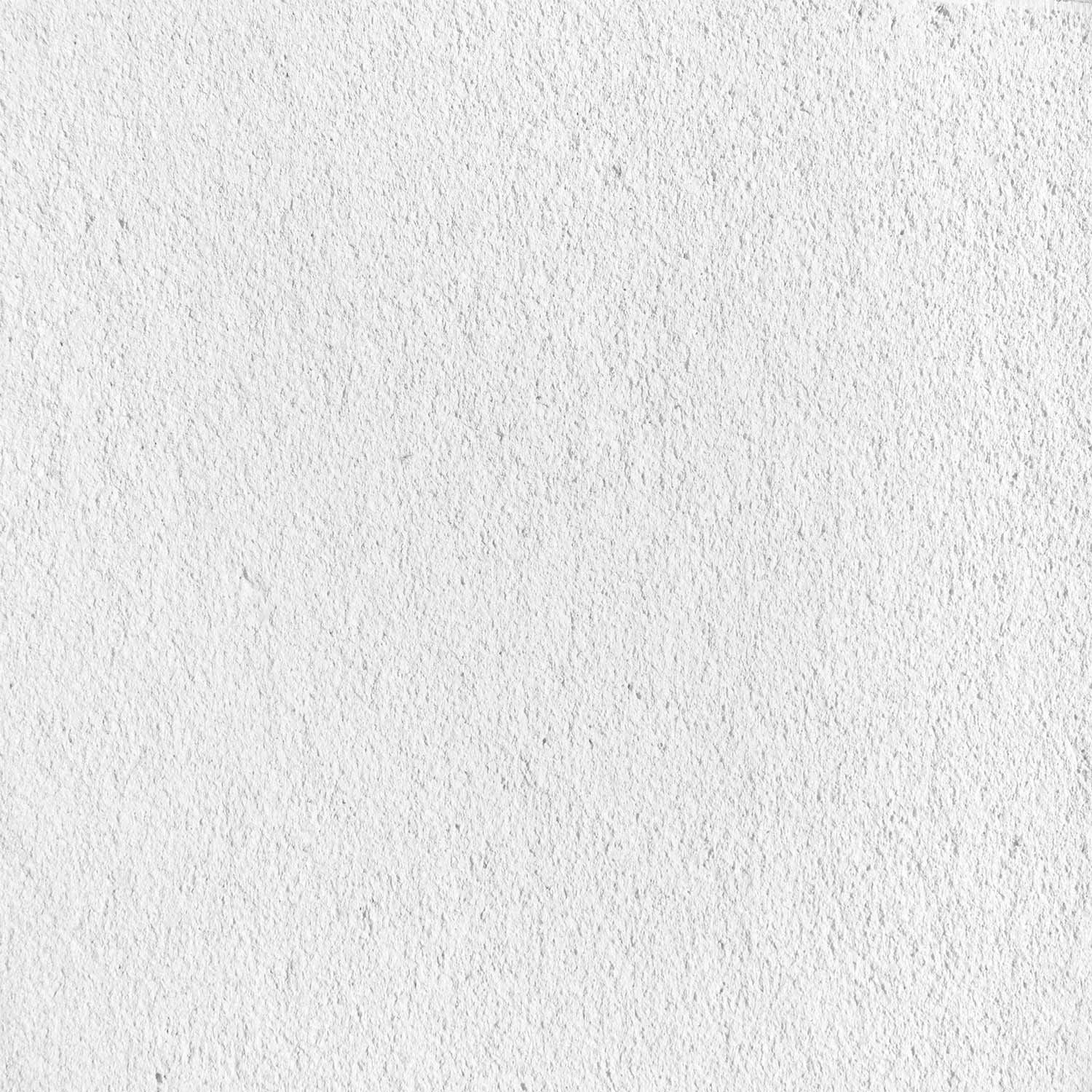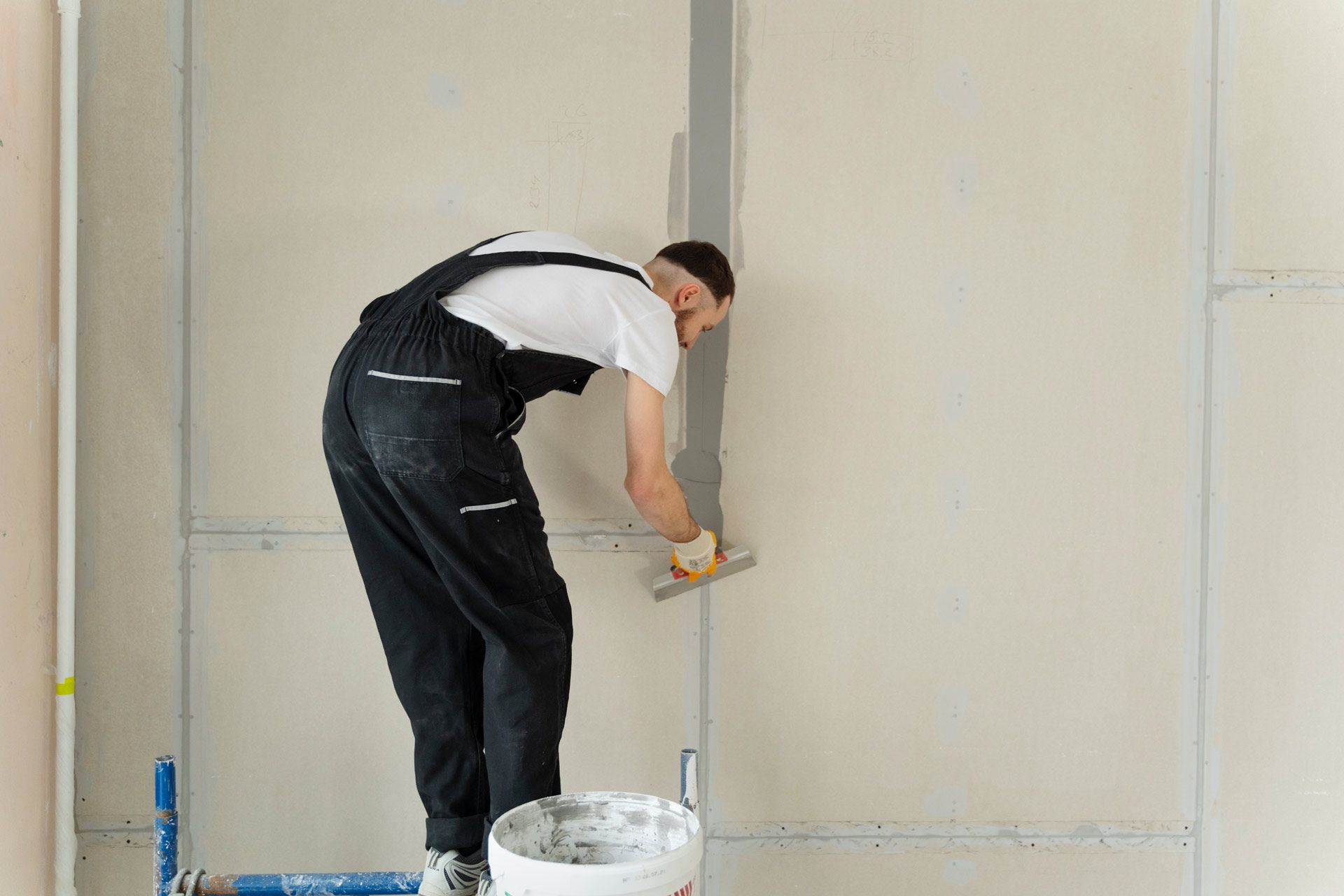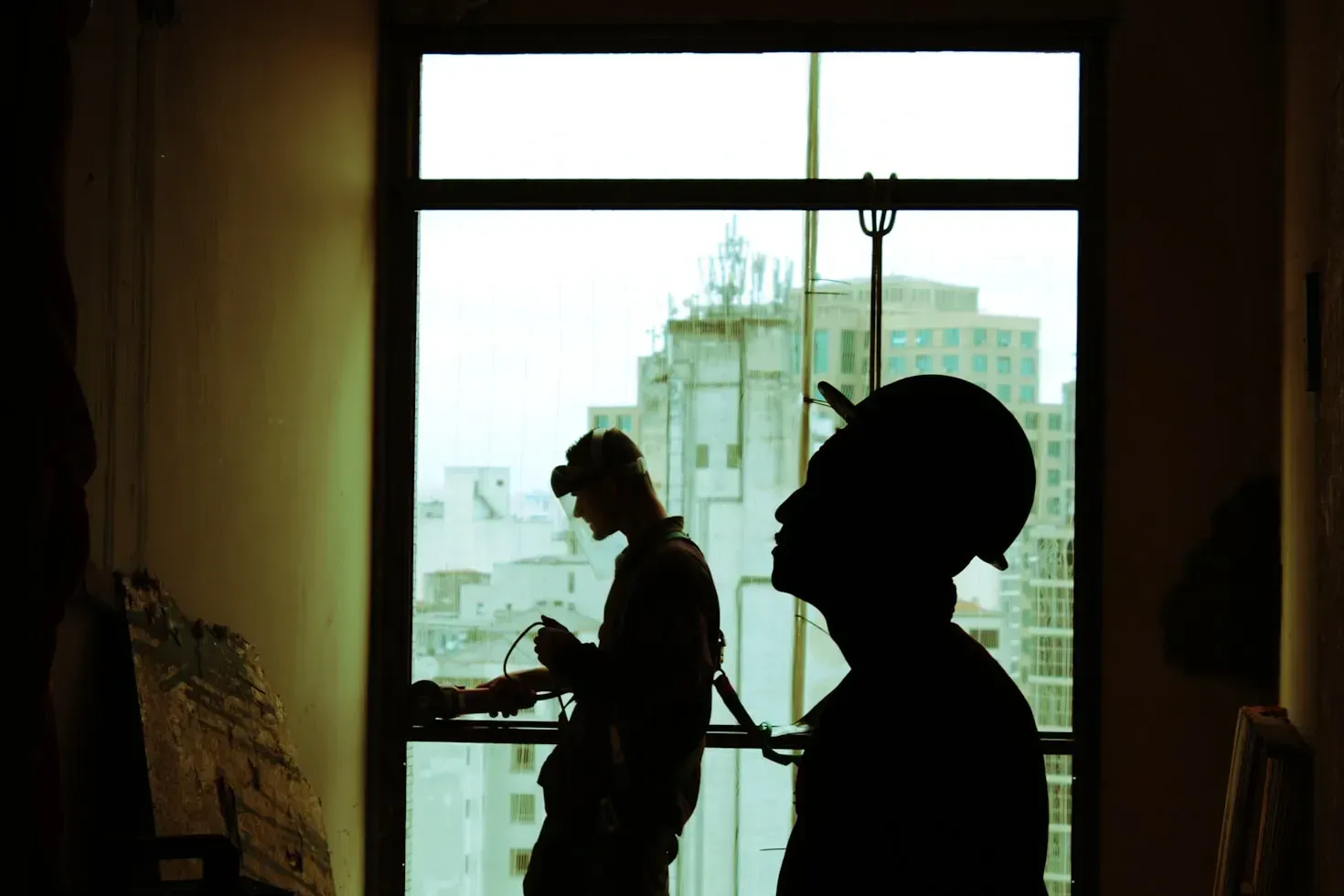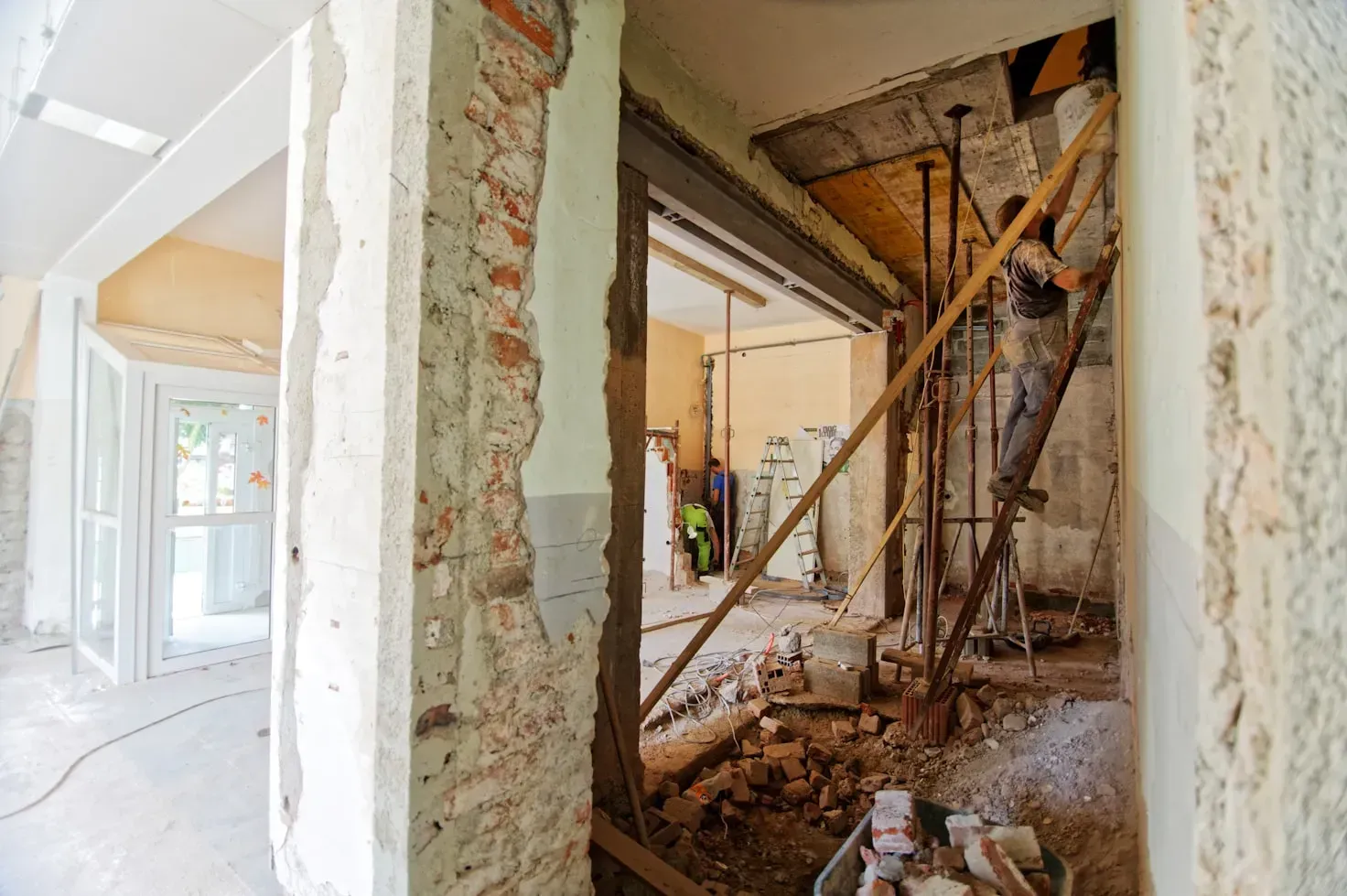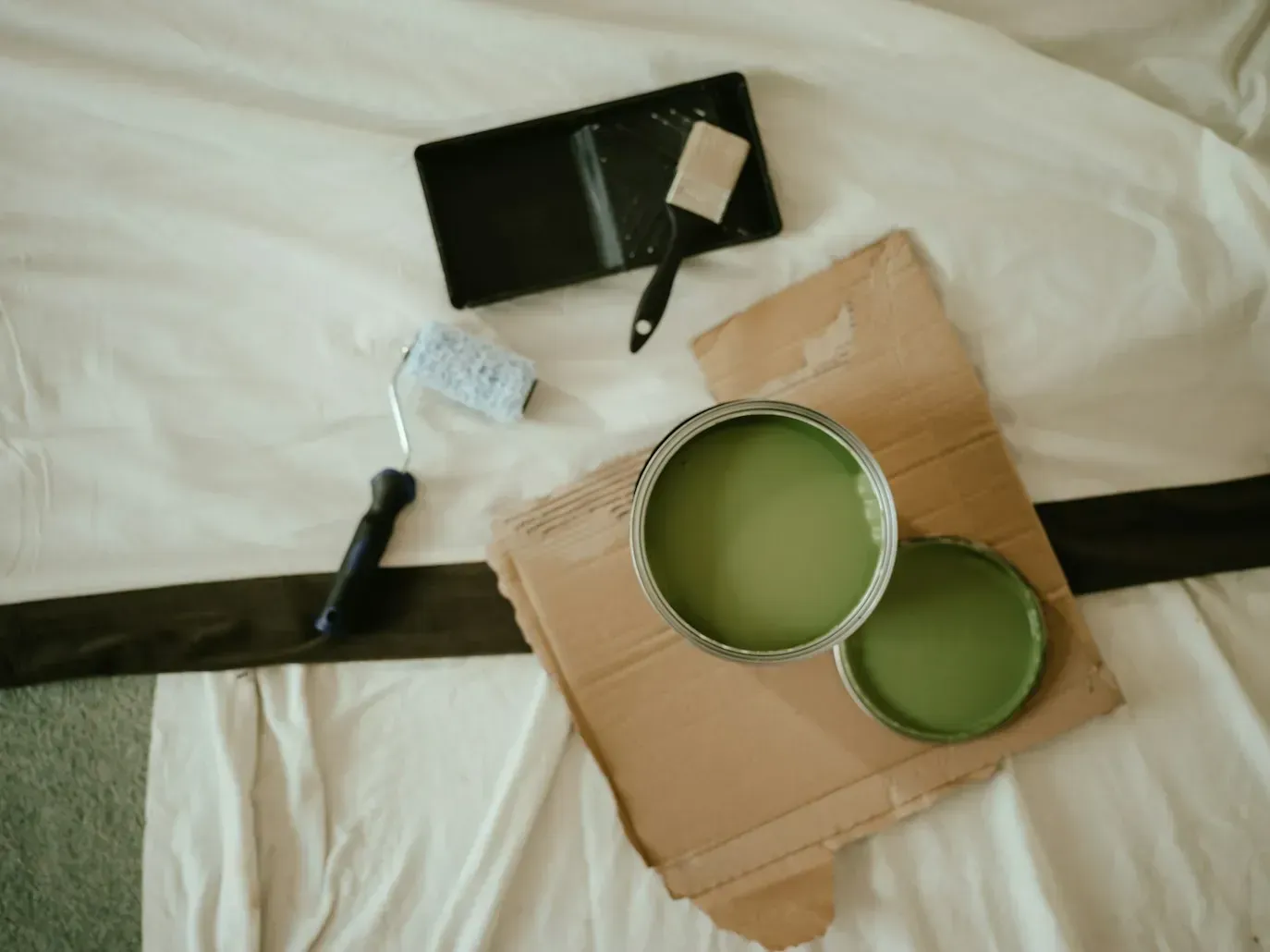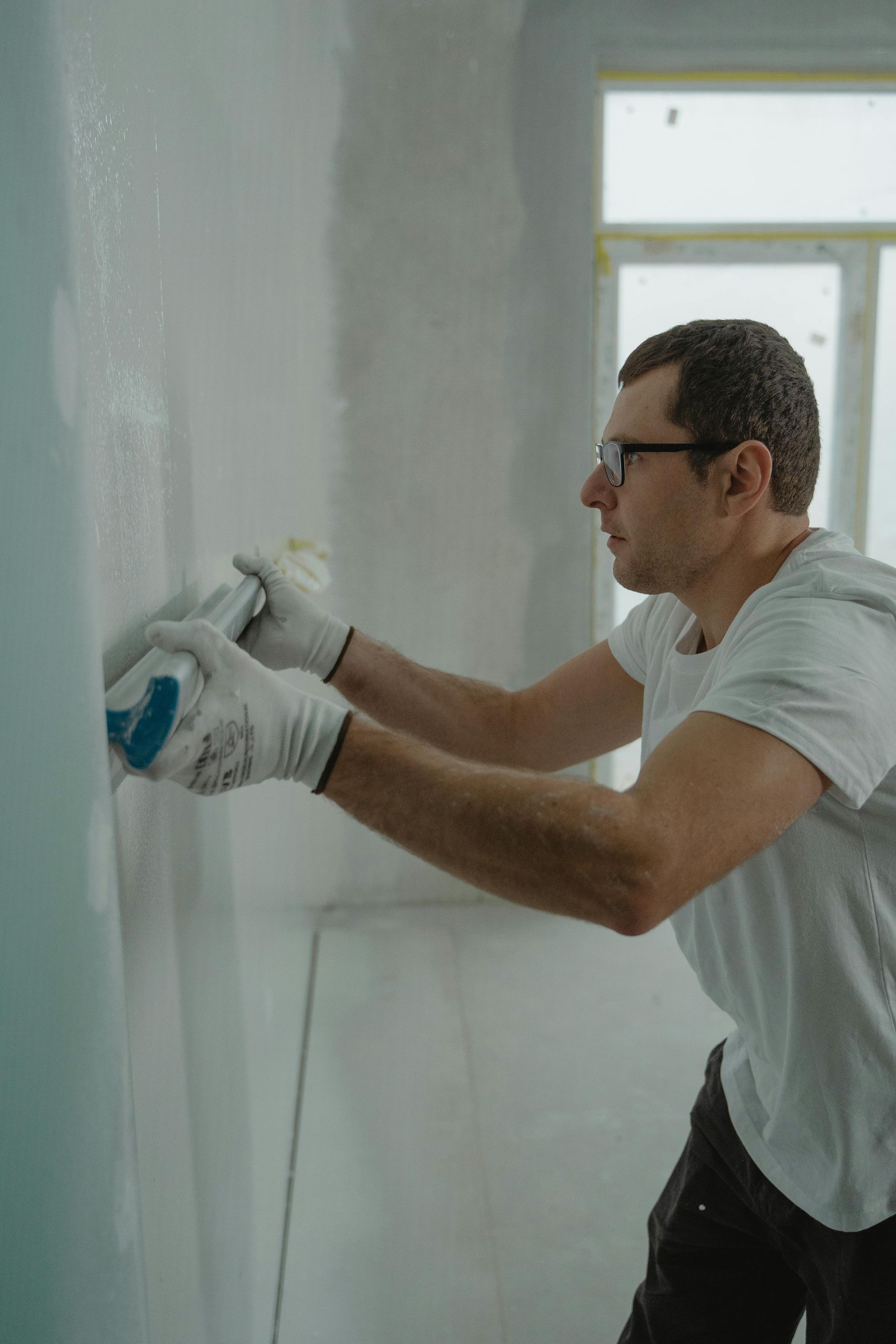Tips for Matching Texture When Repairing Older Walls in Easthampton
Introduction
If you live in an older home in Easthampton, you’ve probably encountered walls with unique textures. From subtle swirls to bold knockdown patterns, textured walls add character—but they also make repairs more challenging. When a patch or repair is needed, it’s not enough to just replace the drywall. To make the fix invisible, you need to replicate the wall’s texture so the old and new blend seamlessly.
In this article, we’ll cover why wall texture matters, common texture styles found in older Easthampton homes, and proven tips for matching texture during drywall repairs.
Why texture matching is important in drywall repair
Wall texture isn’t just about aesthetics. It plays several roles in your home:
- Camouflage: Textures hide small imperfections, seams, and nail pops.
- Design character: Older homes in Easthampton often feature unique plaster textures that reflect the building’s age and style.
- Consistency: Poorly matched textures stand out, making repairs obvious and lowering the overall finish quality.
For homeowners, the challenge lies in replicating both the style and scale of an existing texture when patching an area.
Common wall textures in older Easthampton homes
Understanding the style you’re working with is the first step in a successful repair. Some of the most common textures you may encounter include:
- Smooth finish: Common in more modern renovations but rare in original older homes.
- Orange peel: A subtle, dimpled surface that diffuses light.
- Knockdown: A mottled look created by flattening sprayed compound.
- Swirl texture: Popular in mid-20th century homes, applied with a brush or trowel in circular patterns.
- Skip trowel: A plaster-like finish with raised ridges and irregularities.
Each of these textures requires different tools and techniques to replicate.
How to match wall texture during repairs
Here’s a step-by-step guide to getting the best results:
Step 1: Identify the existing texture
Take a close look at the wall. Is it smooth, bumpy, or patterned? Sometimes running your hand across the surface helps you feel details that aren’t as visible.
Step 2: Choose the right tools
Different textures require different application methods.
- Orange peel: Texture sprayer or roller.
- Knockdown: Hopper gun and wide drywall knife.
- Swirl or skip trowel: Trowel or brush.
- Smooth finish: Sanding, joint compound, and careful feathering.
Step 3: Mix compound to proper consistency
The thickness of joint compound affects how a texture lays. Thinner mixtures are used for spray textures like orange peel, while thicker mixes work for troweled styles.
Step 4: Test on a scrap surface
Before applying to the wall, test your method on scrap drywall or cardboard. Adjust technique until the texture looks close to the original.
Step 5: Apply to the repair area
Blend new compound slightly beyond the edges of the repair so the texture overlaps the old surface. This helps hide transitions.
Step 6: Allow to dry and adjust if needed
Once dry, check the patch in natural light. If the texture looks off, light sanding or a second application can refine the match.
Step 7: Prime and paint
Texture alone won’t complete the repair. Proper priming and painting ensure color and sheen blend with the rest of the wall.
FAQs
How do I know which texture my wall has?
Compare your wall to common texture types like orange peel, knockdown, or swirl. If unsure, a drywall professional can quickly identify it.
Is it possible to perfectly match an old texture?
In many cases, yes. Professionals with experience in older homes can replicate textures so well that repairs are invisible. Some complex patterns may require blending across a larger area.
What’s the hardest wall texture to repair?
Swirl and skip trowel textures can be difficult because they are often hand-applied and vary from wall to wall.
Can I repair textured walls myself?
Small patches can be DIY projects if you have the right tools and patience. For large areas or ornate patterns, hiring a professional will ensure a better result.
Do older plaster walls repair differently than drywall?
Yes. Plaster is denser and harder to replicate than drywall. Special techniques and materials are often needed for historic homes.
Conclusion
Matching wall texture is one of the trickiest parts of drywall repair, especially in older Easthampton homes with unique styles. From swirl patterns to knockdown finishes, each texture requires careful attention to tools, technique, and blending. Done right, your repair will disappear into the original wall, preserving your home’s character and appearance.
For seamless results, consider working with a professional drywall contractor who has hands-on experience matching textures in older homes throughout Western Massachusetts. With the right approach, your walls will look consistent, clean, and as good as new.


